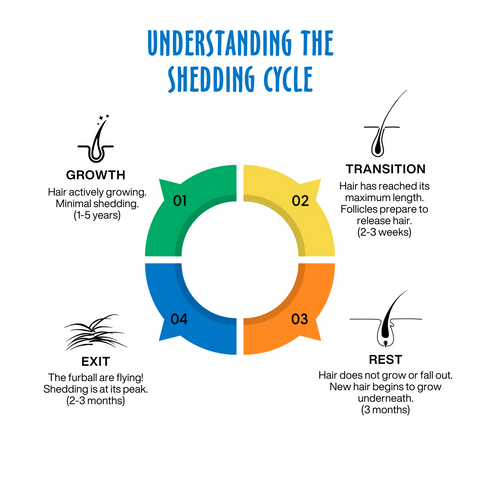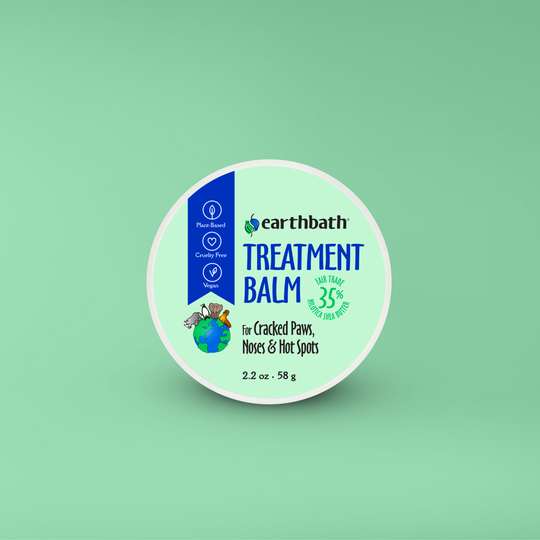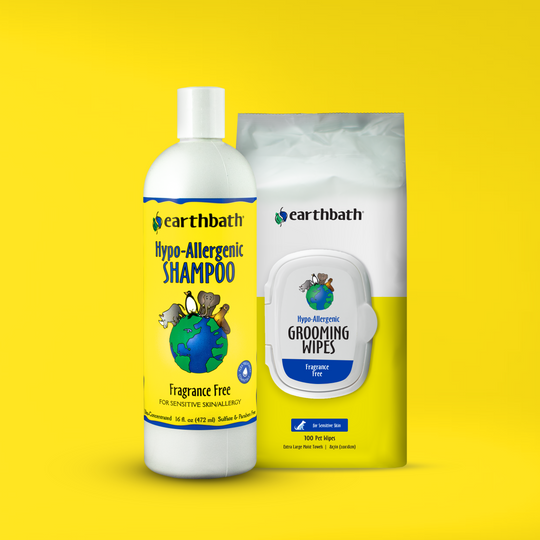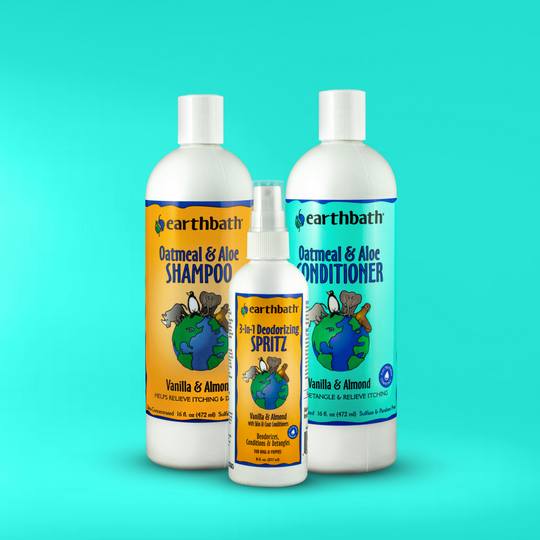As pet owners, we love our furry friends, but shedding can be a bit overwhelming at times. If you've ever found yourself buried in a pile of pet hair or struggling with allergies triggered by your pet's shedding, you're not alone. Shedding is a natural process for dogs and cats. Understanding it can help you manage it better, keeping your home and pet healthier and happier.
What Causes Shedding?
Dogs and cats shed their fur as part of a natural process to get rid of old or damaged hair and make way for new growth. Factors such as breed, age, health, and season can all influence the shedding cycle. According to the American Kennel Club (AKC), shedding can vary widely depending on breed characteristics. Breeds like Huskies, Golden Retrievers, and German Shepherds tend to shed more than others because of their double coats.
Understanding the Shedding Cycle:
To gain a better understanding of your pet's shedding, let's break down the shedding cycle into four main phases:
- Anagen Phase (Growth): This phase is when your pet's hair is actively growing. The length of this phase varies depending on breed and genetics, but can last between one and five years. During this phase, you may notice minimal shedding as the hair remains firmly attached to the skin.
- Catagen Phase (Transition): In this phase, the hair has reached its maximum length and stops growing. Follicles prepare to release the hair from the shaft. This phase is short and lasts a few weeks.
- Telogen Phase (Rest): This is the resting phase where hair doesn't grow or fall out. While the old hair is resting, new hair begins to grow beneath it. This phase can last up to three months.
- Exogen Phase (Exit): This is the final phase where old hair falls out to make room for new growth. Shedding is most prominent during this phase, especially in breeds with heavy coats. Factors such as seasonal changes, hormonal fluctuations, and stress can influence the duration and intensity of the exogen phase.

As mentioned above, shedding can vary widely depending on breed characteristics. Pets with continuously growing hair (poodles, shih tzus) have a hair cycle with a long anagen phase that can last for several years.This explains why some breeds have long hair that must be trimmed regularly.
On the other hand, plush coated breeds (chow chows, pomeranians) have a hair cycle with a long telogen phase where a brief anagen phase produces short hair that is kept during a longer telogen phase, which can last for several years.
Dogs with a double coat (collies, samoyeds) tend to shed more on a seasonal basis. The change in seasons will throw their hair cycle into the anagen phase (summer and winter) and then into the exogen phase (spring and fall).
Managing Shedding:
Now that we understand the shedding cycle, let's explore some practical tips to reduce and manage shedding and keep your home clean and your pet comfortable:
- Regular Brushing: Brushing your pet regularly helps remove loose hair and prevents it from collecting around your home. Choose a grooming tool that suits your pet's coat type to effectively remove dead hair and distribute natural oils.
- Balanced Diet: A healthy diet rich in essential nutrients promotes healthy skin and coat, reducing excessive shedding. Consult your veterinarian to ensure your pet's diet meets their specific nutritional needs.
- Bathing: Bathing your pet with a high-quality shed control product such as earthbath Shed Control Shampoo and Shed Control Conditioner, which are formulated with organic fair trade shea butter, omega-6 fatty acids, and extracts of green tea leaf, ginseng, and awapuhi. These ingredients nourish and detoxify your pet's skin and coat. They also help control excessive shedding, dander, and allergens.
- Environmental Control: Keep your home furball free by vacuuming regularly and washing your pet's bedding to remove loose hair. Consider using air purifiers to minimize allergens and keep the air clean for both you and your pet.
Conclusion:
Shedding is a natural process for dogs, and understanding your pet's shedding cycle can help you manage it effectively. To keep your home and pet healthy, remember to brush your pet often. Make sure to give them a balanced diet. Also, use a good shed control shampoo and conditioner when bathing them. Although it can be inconvenient, shedding is just a small price to pay for the unconditional love and companionship our furry friends bring into our lives!




